24 November, 2015
Orbea’s 175 Lives
They were the descendents of the Orbea family who worked and made a name for itself in the reign of Carlos V. As if it were a premonition, those Orbea were already entrepreneurs and their businesses were known overseas. Domingo, Martín,… Juan too, whose skill in harquebuses earned them important and succulent orders.
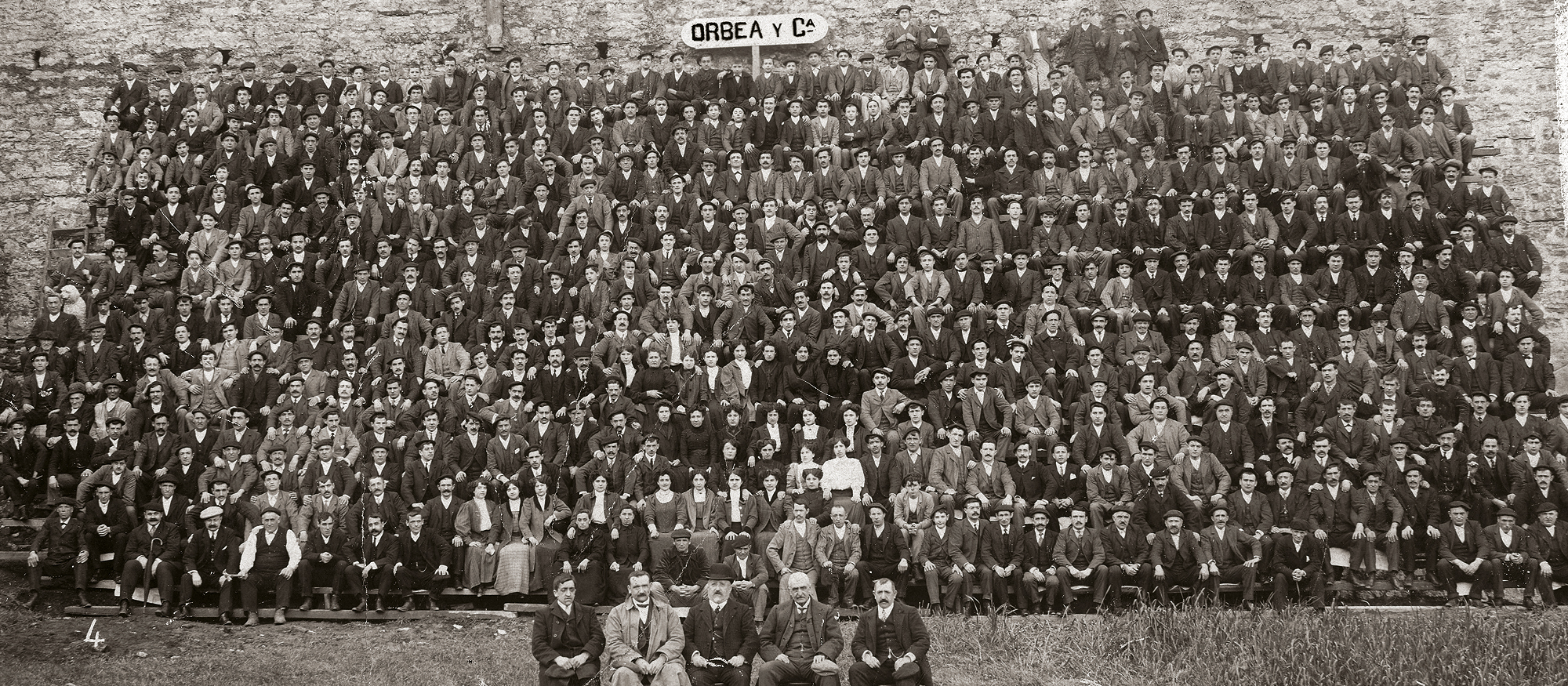
The first Orbea workshop was set up in the hub of small businesses that sprouted up in Eibar and its surrounding area. Nestled in the valley, they grew by hundreds and some were even opened on the mountain. In this manufacturing area, the small business belonging to the four brothers: Casimiro, Juan Manuel, Mateo and Petra became big. It grew slowly until making way for the first company in the port with the name Orbea. This was around 1860. Large and beautiful, it bore the emblem “Orbea Hermanos”, the seed of everything, the seed of the present.
The pioneers from Eibar
That workshop continued its path in the midst of competition that was neither limited nor small. From one of the buttresses of the Pyrenees came many small, long, short weapons and shotguns. The Orbea brothers worked rapidly on the import of patents, international references that served to make them the owners of their business and their destiny. Unique events were added to these models: processes like polishing, waterfalls for the factory’s power,… pioneers of many things, among others, customising the product through damascene, golden threads inserted between the steel, providing the shape that the owner of the weapon sought. Putting his name if he wanted, the drawing he required, the image of his wife…. Handcrafts in the blood.
Its weapons were sold to many police forces and armies in Europe and America. They received royal and military orders. At the turn of the century, they saw the shadows that hovered over the weapons industry. The second generation took over the management at this moment, running the business with a huge pool of employees, unprecedented in the strip of small factories that surrounded them. Orbea was considered to be the first factory in the history of Eibar.
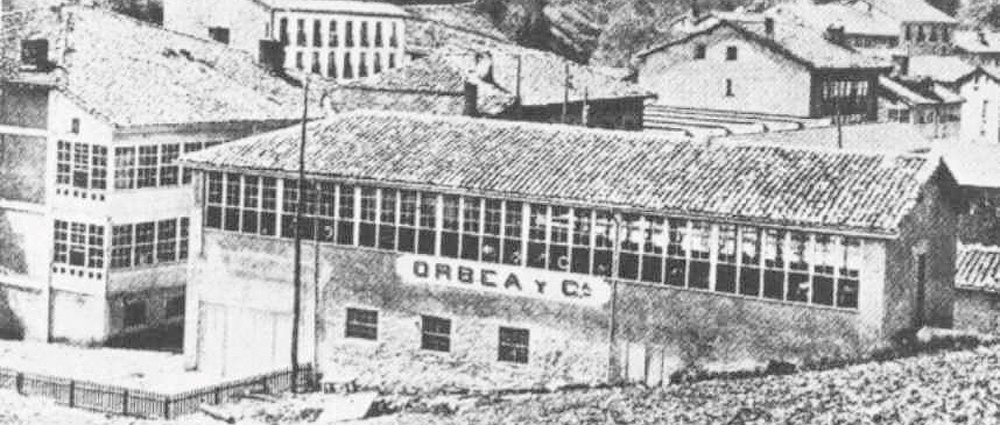 |
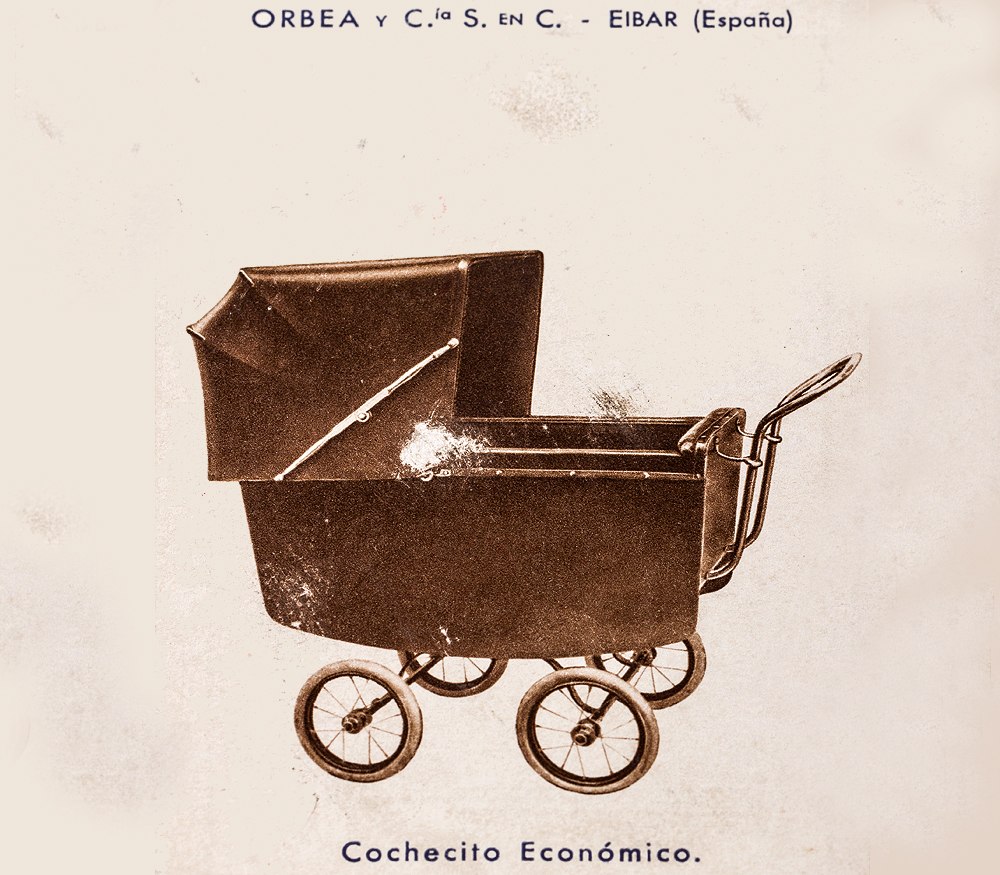 |
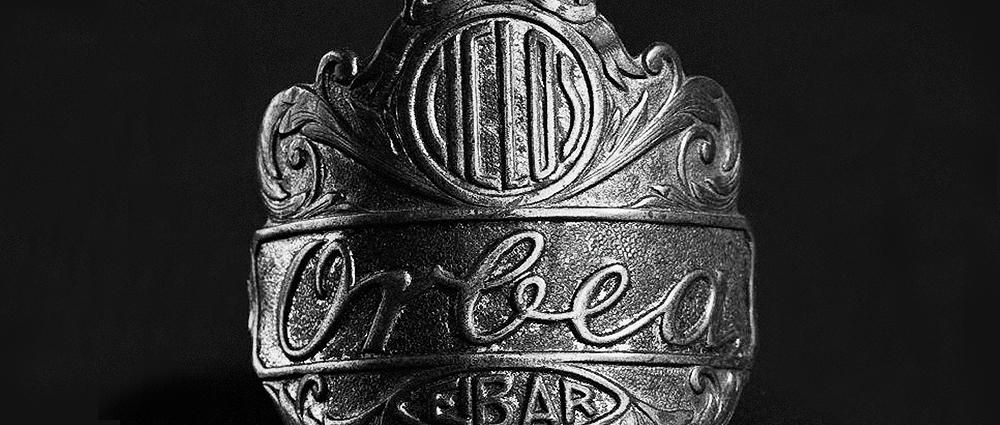 |
They made new models and in the production frenzy that followed with the outbreak of the First World War, they participated in the famous Armoury School, in which whole generations entrusted their future to the weapons business. The Great War led to a sudden take-off and bitter landing in a very short time. It went from not producing fast enough to a mass decline in demand, accompanied by a regulation that complicated things even further. Being a weapons manufacturer was not a business, at least not to the extent to employ as many people as it had in previous years.
The workload fell drastically. Strikes were organised. One of them, held in the heart of Orbea, led to the creation of the Alfa cooperative, the famous manufacturer of sewing machines in Eibar. They were the roaring 1920’s in many places, but not in this corner of Deba. Another product had to be sought. What could they manufacture? What could they do? And then, the world saw how there was a place in the valley that could adapt its production model in a few years, leaving behind what it always knew how to do best: weapons for what would serve them their daily bread: bicycles.
This is how the bicycle came about and not just any way but from the strictest industrial mentality, from the highest range. Orbea, like BH, like GAC, fitted out the best cyclists of the time to make it known that in Eibar, the future of the generations who saw their jobs threatened had been placed in this element. Orbea navigated through the names from the prehistory of cycling, from the Montero brothers to Federico Ezquerra and Mariano Cañardo, to make a name for itself.
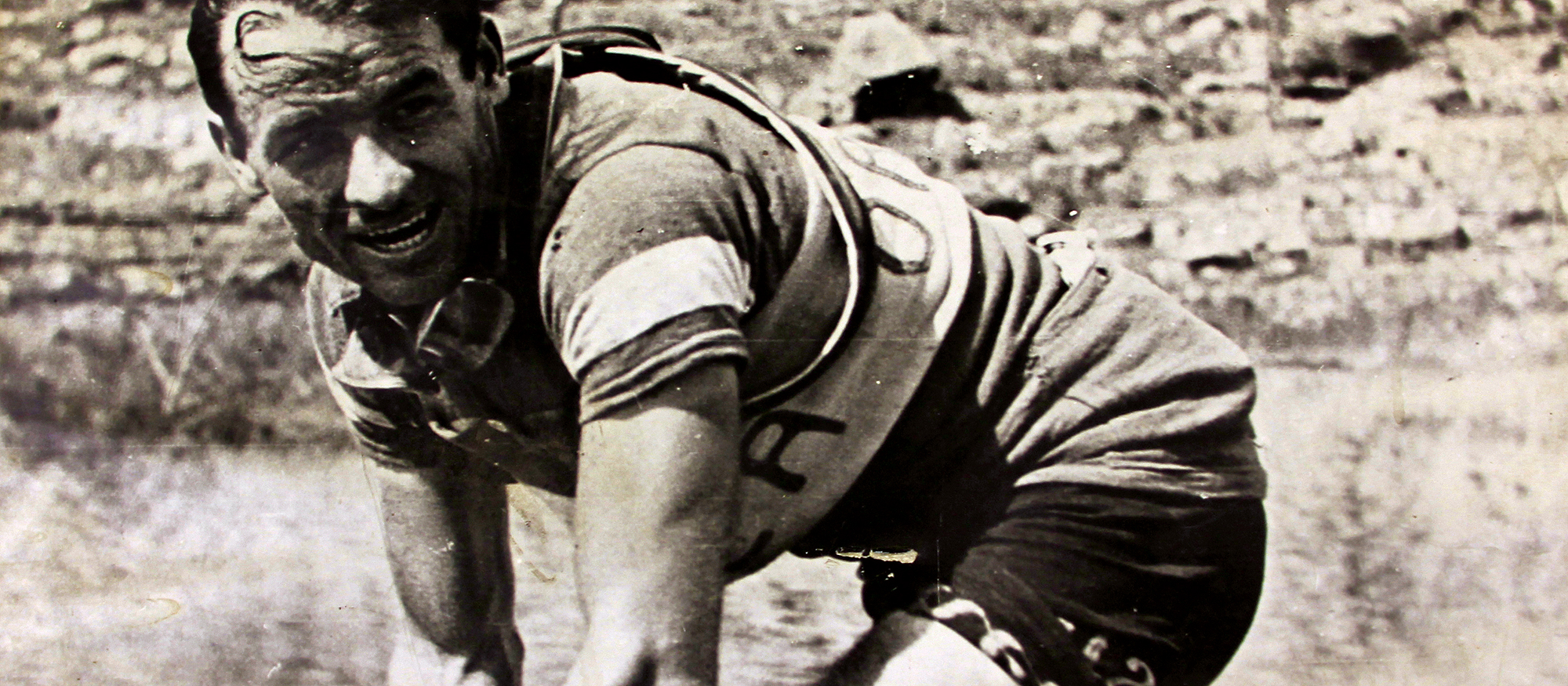
Its catalogue grew, paving the way for new machines, reaching every household. In the repressed Spain of the forties, fifties and sixties, owning an Orbea was a sign of freedom, the prize for sublime students who had a Grade A under their belt. The Orbea bicycle made a place for itself in the childhood of many, from its workshop in Urkizu, the female hand was always evident and the best adornments, the best lines to hide the fittings, came from the art and determination that has always been inherited by the women from Eibar.
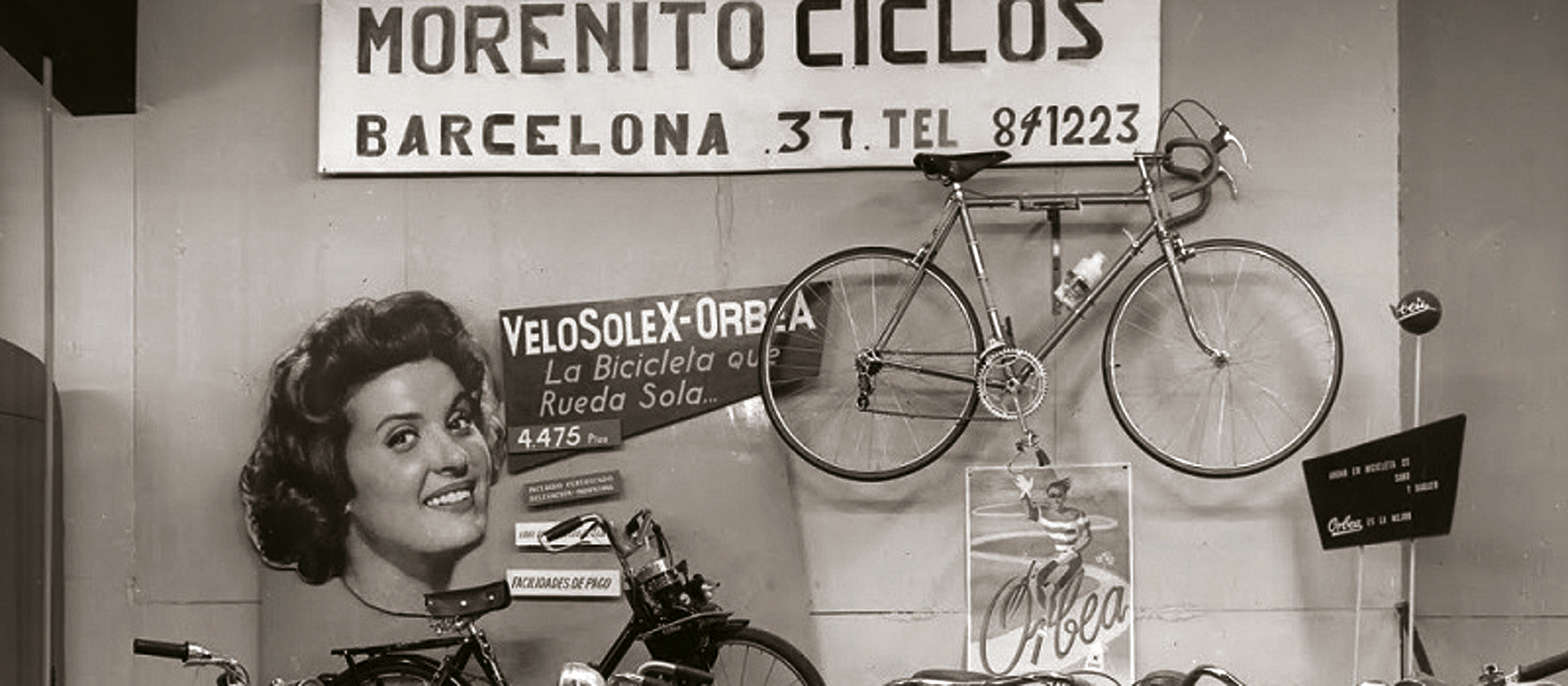
But the good times came to an end. The company was gradually eaten away until the workers took over the Orbea name at a critical moment and made a success of what was already in operation. The cooperative was born. It was the 1970’s. Gradually, and not without frights and with the effort of families who lived off and for the new company, Orbea paved a way for itself in a complex market, where it was perceived to be a strong, old and ancient brand. It was not easy but nobody ever said it would be.
The Names of Victory
However, the complicated social climate in the 1980s opened the door to the new Orbea. With the sole objective of modernising the company, the new Mallabia plant went into production. Gradually, the cooperative made a comeback and regained the name and prestige that had accompanied the brand in its heyday. It was decided to create a cycling team to show that it had a future, to show that Orbea was capable of making its own luck and creating machines that would compete with the best of that time.
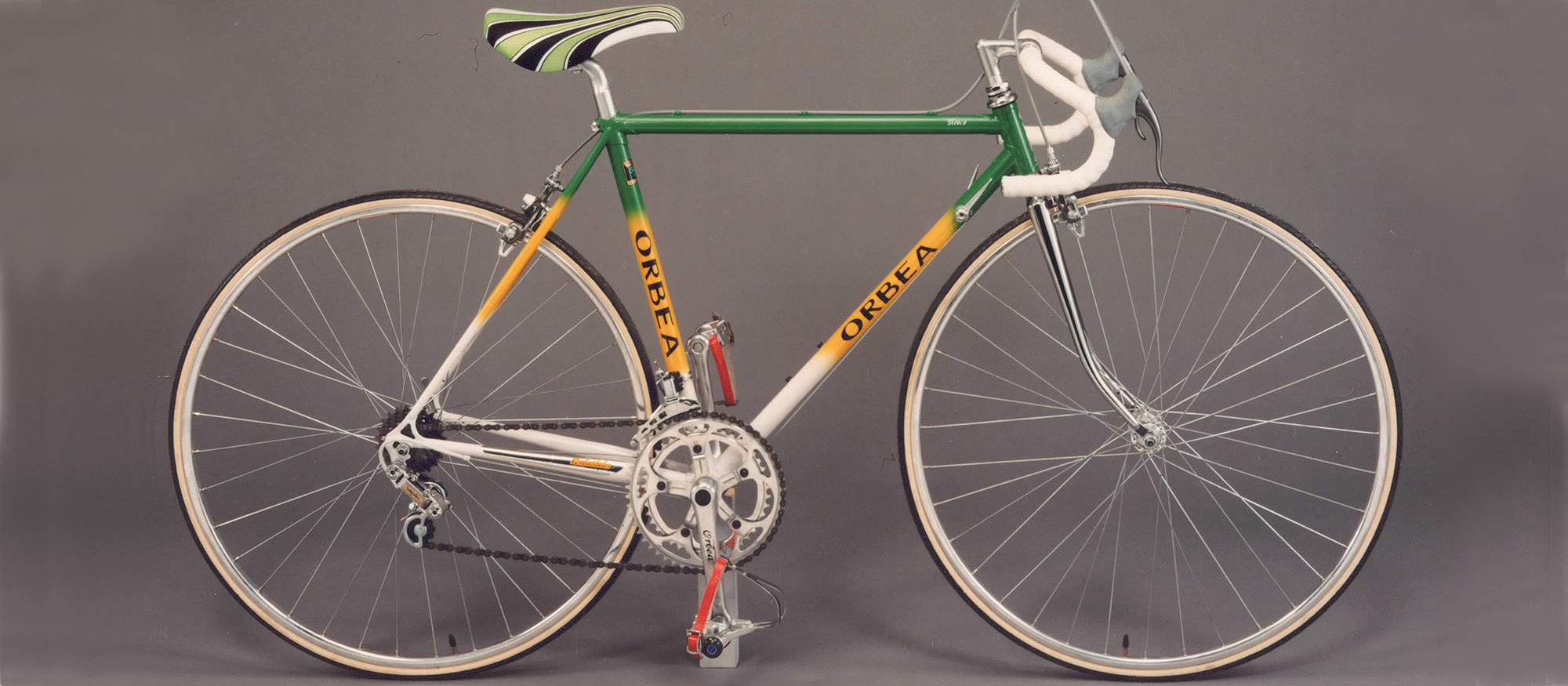
They signed up Jokin Mujika, Peio Ruiz Cabestany and Pedro Delgado. With them, came notorious successes, such as the Tour of Spain in 1985, which marked an era. Everybody remembers what happened that day when Perico overcame an impossible situation in the Sierra of Navacerrada to win a memorable edition. It was the triumph of the cyclist from Segovia, but a great deal of hope was pinned on it: that of the people who gave their time and money to a brand that was on its way to celebrating its 150th anniversary. Perico won again in the Tour, featuring in the perfect season for the cooperative, which proved that in addition to leisure bicycles, it was capable of producing reliable and winning competitive models.
The renewed Orbea consolidated its future and new cyclists took its name to the highest level, such as Peio when he won his stage of the Tour or Marino Lejarreta, when his perseverance emerged to get everyone talking about the bicycle all year round. The most prolific cyclist of the important tours took away his first hat trick in one year astride an Orbea: Vuelta, Giro and Tour without a break, without giving up.
Meanwhile, the BTT, the new mountain bike, burst onto the market. A new challenge opened up, which was resolved with a mass entry of units. There were wild promotions, sales in shopping centres, gifts for opening a bank account. .. It was a production frenzy that was accompanied by a long and heavy digestion. Stock generation and being dictated to by the suppliers were the hurdles which gave way to the modern era.
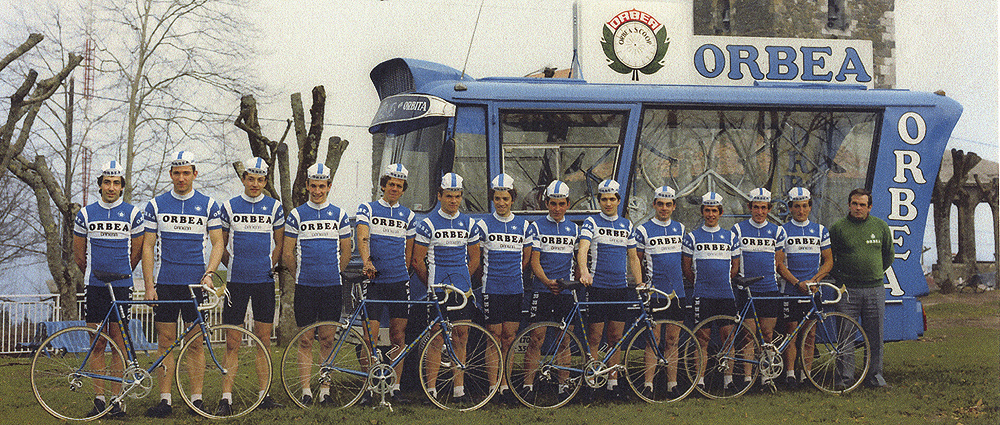 |
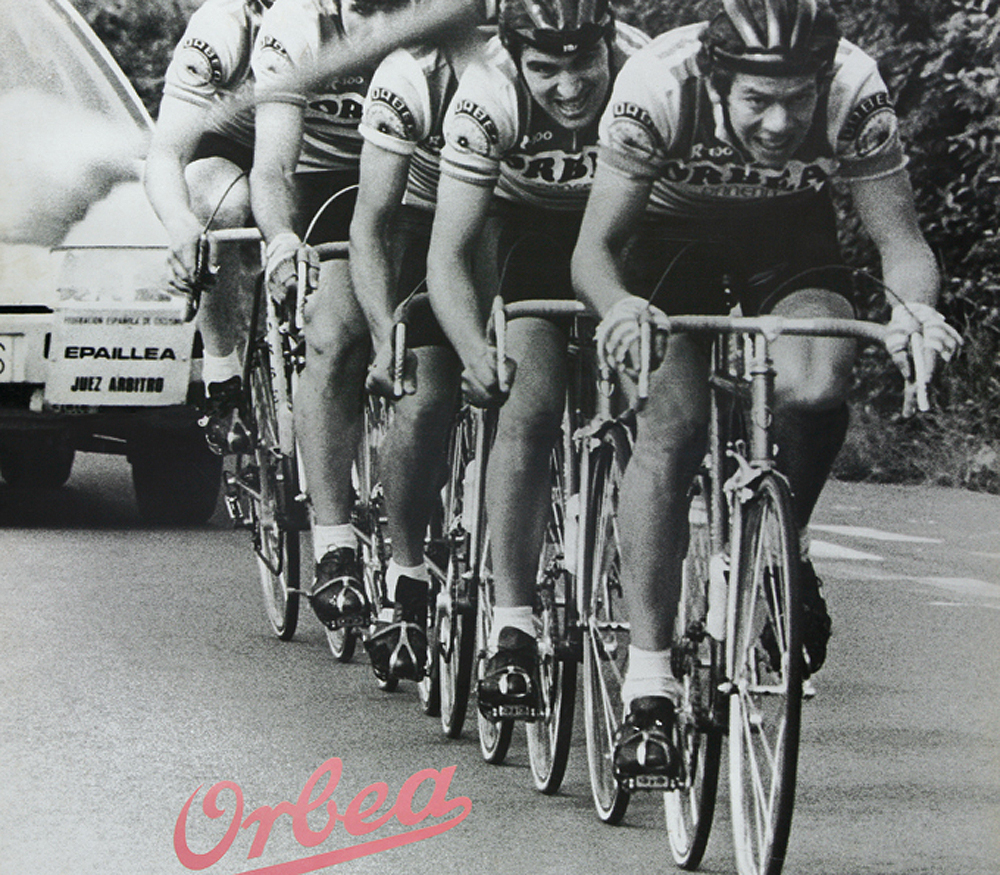 |
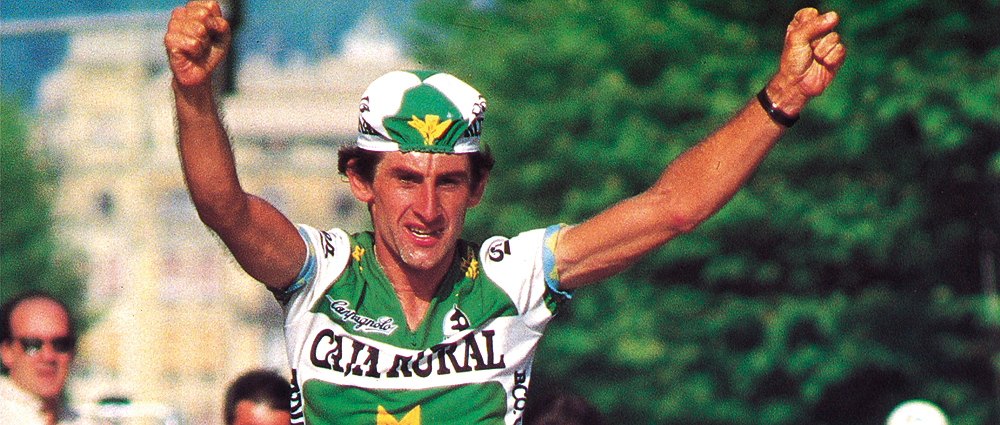 |
The change that marked the future
Tired of the ups and downs of the market, of the irrational increases in production accompanied by dizzying falls, the managers of the cooperative realised the need to be committed to quality, true quality, an own product, managed from Mallabia, from the heart of the Basque Country, and away from the complications inherent in the bicycle business. In house, they called it “high range”.
Orbea joined up with the Fundación Euskadi, helping to support Basque talent and together, they worked in a new area for all, the introduction of carbon, the new element that broke moulds, which is never better said, allowing for customised creation and innovation in shapes. Orbea’s carbon had a name: “Orca” and its breakthrough was closely linked to the explosion of Euskaltel onto the Tour, the triumphs of Iban Mayo, which followed on from those of Roberto Laizeka, Haimar Zubeldia’s podiums, the battles against the best cyclists at that time, on the best stages, in the Tourmalet, in Alpe d´ Huez.
In previous years, Orbea worked to create what was necessary to capitalise these successes and when they came, everything was ready to take full advantage. Orbea opened markets and the Chinese and Portuguese factories to the heat of the victories that came from ambassadors, such as Samuel Sánchez, the cyclist who woke up a country one morning in August to say that he had become Olympic champion under the shadow of the Great Wall in Peking.
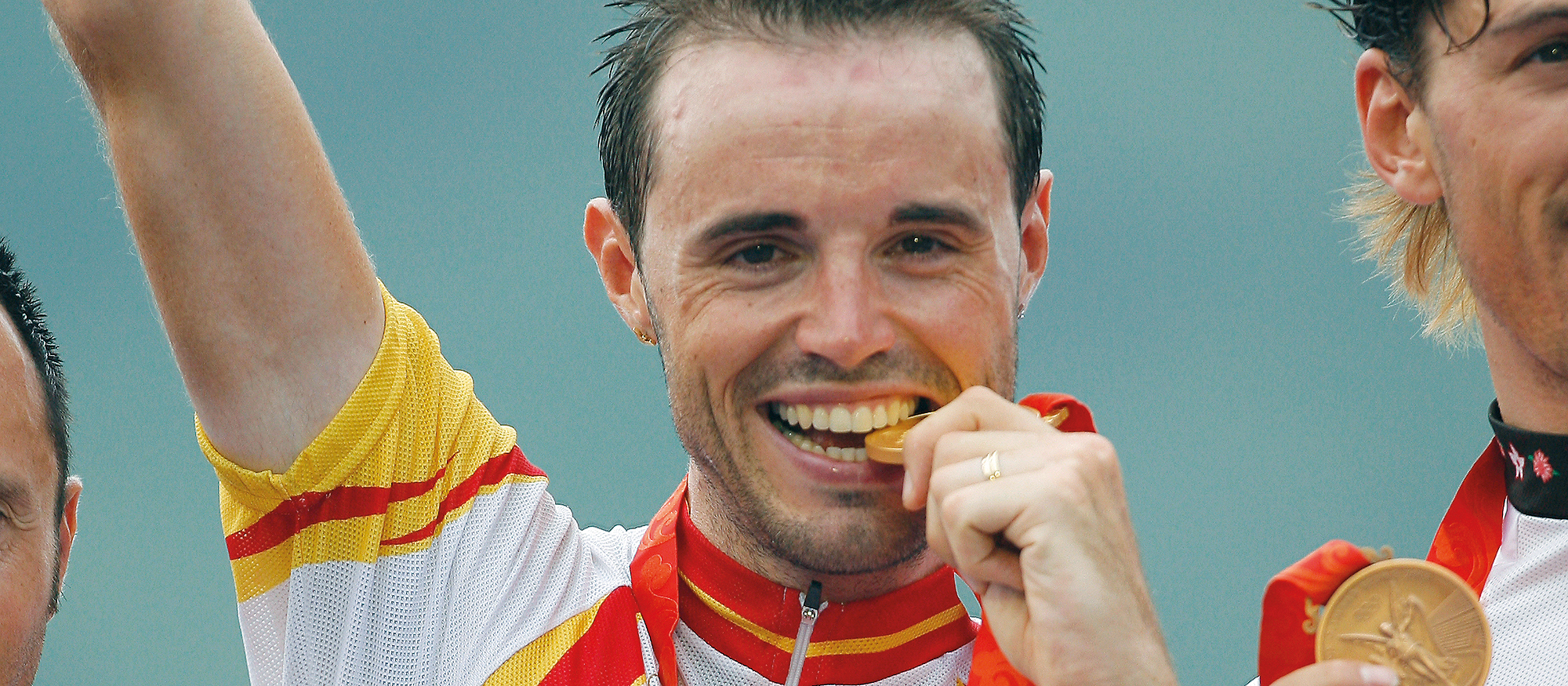
But the circle had to close and as for BTT, Orbea’s commitment went through different phases. From the first almost familiar teams of Ixio Barandiaran, Jokin Mujika and Roberto Lezaun, among others, it grew little by little until the best biker in history came on board, the Frenchman, Julien Absalon, who spent his maturing years with Orbea, winning World Championships and another Olympic Gold a few days after that of Samuel in Peking. The female hand, ever present in the brand, also notched up sporting success, those of Catherine Prendel at the helm of the unique Luna Team project. With Orbea, Catherine was twice World Champion, like Craig Alexander when he was first to cross the line in the Hawaiian Ironman.
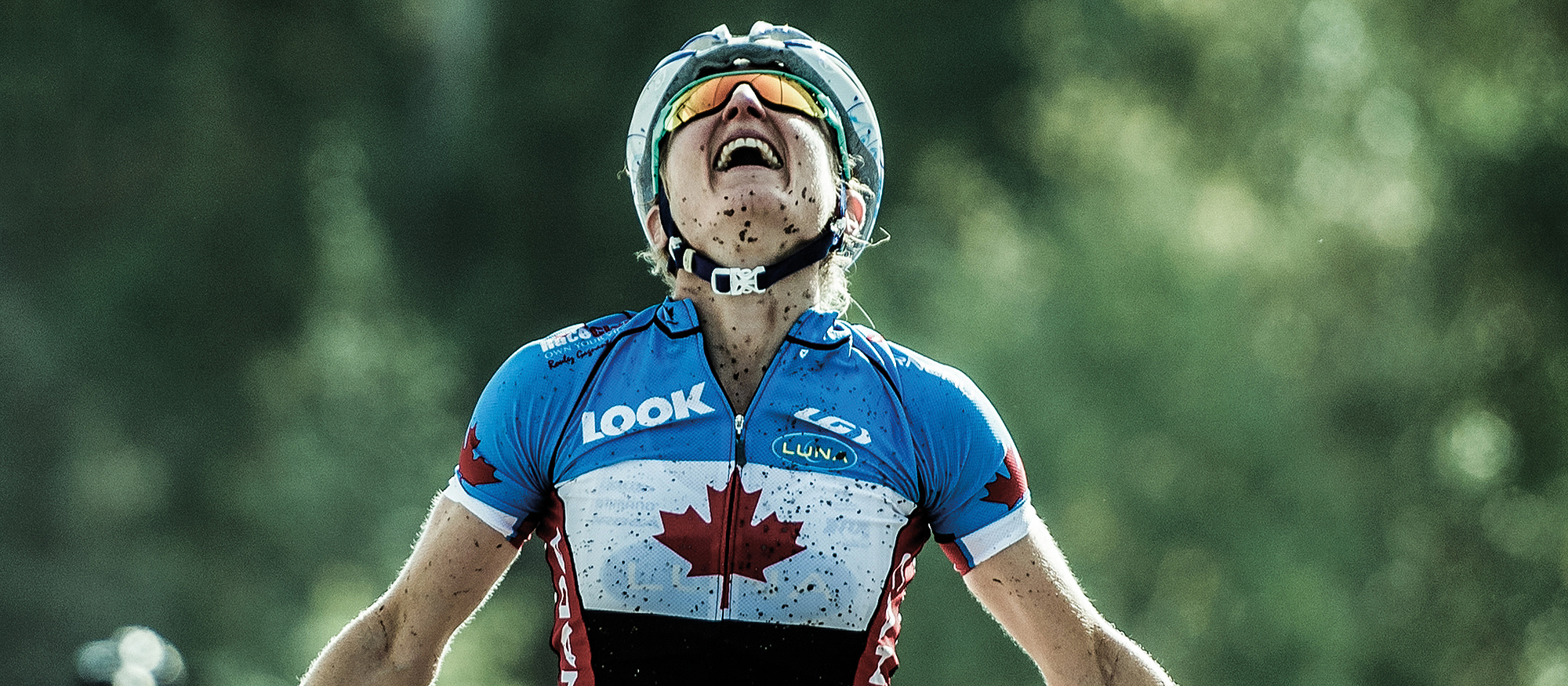
To ensure that the wheel never stops, Orbea seeks new goals, even intertwining many. Its association with Cofidis once more opened it up to the highest level, taking advantage not only of the victories but also of the day to day running, teamwork and the suggestions of the racers, which was not common in the history of the brand, sprinters like Nacer Bouhanni who add all of the watts in the world in the smallest space of time. The future comes with this speed, with structural changes, with the bicycle forming part of the life of people, beyond performance or leisure. The bicycle has become integrated in everyday life, like a hundred years ago. The wheel does not stop and Orbea wants to be on that journey.